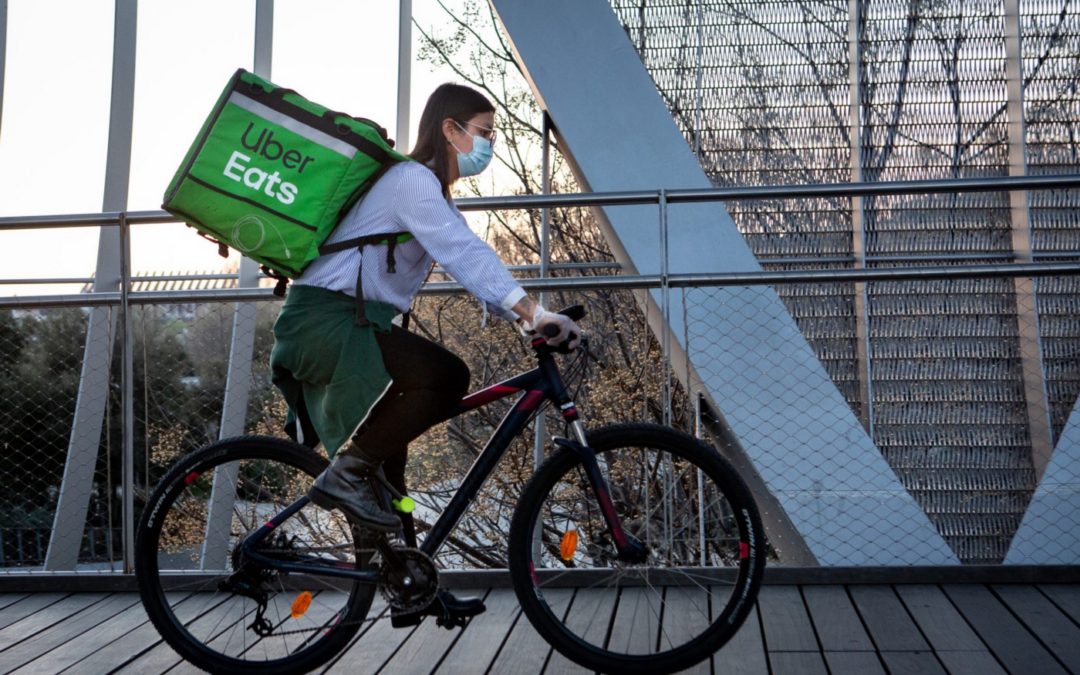
by Innovative Mobility Research | May 12, 2020 |
Nico Savidge May 8, 2020 While clean air and traffic-free roads have been one of the few silver linings amid the coronavirus pandemic, there are worrying signs that the Bay Area’s fearsome congestion could come roaring back once public life resumes — and perhaps be worse than ever. That’s because many of those who once packed into crowded buses and BART trains could opt to drive whenever people begin physically returning to work in large numbers. It’s an understandable shift for virus-scarred commuters seeking the physical distance of a private car. But it presents a host of troubling consequences for a region where officials have long tried to lure people out of their automobiles: gridlocked freeways and traffic misery, increased tailpipe emissions and deteriorating air quality, financial hardship for public transportation agencies. “We are going to have lesser ridership on transit for the near future,” said Professor Frances Edwards of San Jose State’s Mineta Transportation Institute. And as a result, Edwards said, “We are going to have bad traffic.” Read the full article...

by Innovative Mobility Research | Apr 29, 2020 |
Image Source: Business Insider Susan Shaheen and Adam Cohen 4/26/20 Transportation Network Companies (TNCs, also known as ridehailing and ridesourcing) generate a significant percentage of their gross bookings from trips in large metropolitan areas, including trips to and from airports. For example, in 2019, Uber generated 23% of its ride gross bookings from five metropolitan areas — Chicago, London, Los Angeles, New York City, and the San Francisco Bay Area. Because the COVID-19 pandemic has disrupted operations in large metropolitan areas and demand for air travel, income for drivers and the financial performance of the for-hire ride sector are being adversely impacted. In mid-March, Uber announced that rides were down 60 to 70% in Seattle, an area impacted early by COVID-19. Vehicle miles traveled (VMT) can be used as a conservative indicator to estimate the drop in TNC demand. For the above five cities, average VMT is 37 to 50% less than it normally was for the week ending April 13, 2020 based on INRIX data. However, TNC demand has probably dropped much more due to the drop in demand to access bars/restaurants and airports. COVID-19 has caused an unprecedented decline in commercial aviation traffic. United Airlines forecasts that it will fly fewer people during the entire month of May 2020 than they did on a single day in May 2019. Traffic on U.S. carriers was down 97% year-over-year during the 7 day period ending on April 12, 2020, according to Airlines for America (A4A). Read full article...




